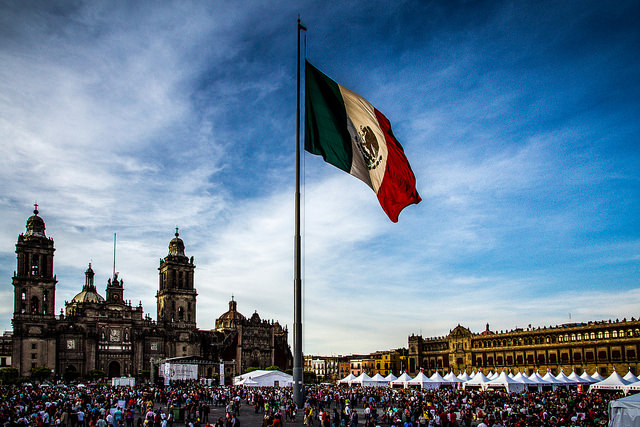Commodity and currency pressures, economic slowdowns and structural reforms have been creating a divergence in emerging markets in recent months. All of this punctuates the fact that not all emerging market investments are created equal.
The nature of investing in emerging markets has changed significantly since the Great Financial Crisis, explains David Lafferty, Chief Market Strategist Natixis Global Asset Management. Through much of the 2000s, EM performance across countries was driven by several common factors including double-digit or near- double-digit growth rates, strengthening local currencies and growing exports – often coinciding with commodity demand.
No longer “one-size-fits-all”
Today however, these factors no longer dominate the EM landscape, points out Lafferty. Forecast gross domestic product (GDP) growth for EMs in aggregate is now closer to 4%–5%. The strong demand for commodities has collapsed and most EM currencies are under pressure due to the expectation of tighter U.S. monetary policy. In the absence of these macro themes, each country now trades based on its own fundamentals, not as part of a homogenized asset class. So we can expect the fortunes of each country to diverge due to differences in interest and inflation rates, domestic savings rates, current account position, and commodity dependency. As performance diverges, security, country and currency selection will all take on greater importance.
Because each country is now following its own path, the broad outlook for “emerging markets” is cloudy at best. U.S. dollar strength has brought back echoes of the currency crises of the 1980s–90s as dollar-denominated debt is harder to pay back. Local currency weakness creates inflation (i.e., imports become more expensive), and curbing that with higher rates hampers growth. Finally, falling commodity prices, particularly for oil, may severely weaken growth due to lower exports in major emerging markets like Russia, Brazil, Venezuela, the Middle East, and parts of Africa.
Long-term growth, short-term pain
Even so, on both the equity and debt sides, Natixis Global AM continues to view EM as an essential asset class for the long run. Cyclical growth rates have come down somewhat, but due to demographics and younger populations, most of the secular growth in the world today still resides in EM countries, explained the firm. Across equities, valuations may be deceiving. EM stocks have a lower relative Price-to-Earnings than other markets, but this is skewed by unique risk factors and state-owned enterprises. EM bonds still offer attractive yields, and credit quality has been steadily improving. While sovereign debt levels have grown, so has GDP, so debt remains manageable. Moreover, U.S. dollar strength isn’t the bogeyman many folks think, for several reasons:
- Many EM countries now have local currency debt, not just U.S. dollar debt.
- Weaker local currency boosts export growth.
- As the EM consumer base grows, they contribute to their own economies and are less dependent on trade and external funding.
Mexico and India among favorites
In terms of specific markets, Natixis Global AM likes Mexico and India. Mexico is becoming more competitive thanks to structural reforms in energy and education, and its cost of production is becoming more favorable when compared with rising labor costs in Asia. Mexico also benefits from its proximity to the gradually improving U.S. economy. India has been slow to reform, but new government under Prime Minister Modi is rooting out corruption, reducing agricultural subsidies, and opening up industries to competition.
In contrast, Russia looks far more dicey as its economy collapses under the weight of global sanctions and falling oil prices. In this environment of currency and commodity volatility, the insights by experienced portfolio managers may be particularly valuable to investors.



 For Fórmate a Fondo
For Fórmate a Fondo